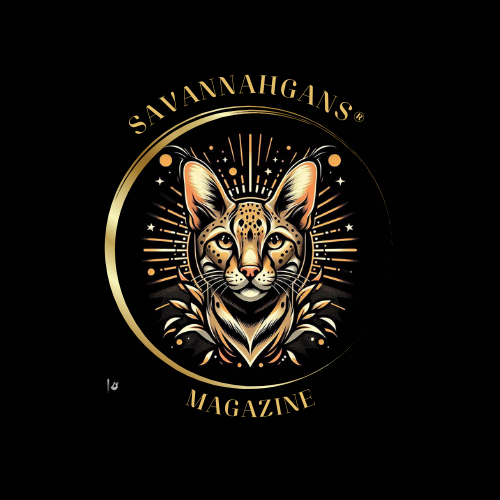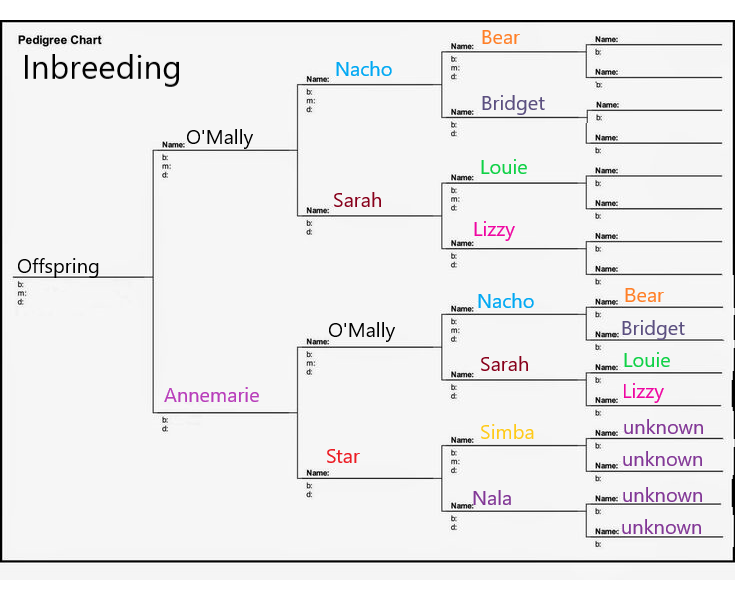Linebreeding vs. Inbreeding Explained
There's no controlled environment in the wild where animals mate regardless of their familial match. In the breeding world, breeders have the ultimate control.
Linebreeding is a form of inbreeding that involves the selection of mates based on the relationship to a specific superior ancestor (www.britannica.com). Examples of linebreeding include mating between first or second cousins, uncle to a niece, aunt to a nephew, and in some cases, half-brother to half-sister. (www.lozfelizledger.com July 1, 2021).
Linebreeding has occurred for many years, especially in the livestock industry. Many breeders use linebreeding to keep only the best features of the mother and father to pass them down to their offspring. According to www.lonemountaincattle.com, linebreeding can produce more consistent and uniform offspring and eliminate certain flaws in the breed when appropriately done.
"Linebreeding is highly strategized inbreeding."
The most common form of linebreeding is between half-siblings (half-brother and half-sister), whereas the two mothers are different. Despite the popularity of linebreeding, there are disadvantages. Let's dive into the meaning of inbreeding and the risks that lie with it. Linebreeding can lower fertility, cause immune deficiencies, slow growth, and shorten lifespan. "Inbreeding is the mating of animals that are very closely related," according to www.cfa.org.
"Inbreeding is the breeding of closely related cats, such as father to daughter, or mother to son."
To produce cats that meet the breed standard, many breeders will pair the related animals that share the desirable characteristics. Over time, those characteristics become uniform, and the offspring of the inbred animals inherit the genes for those characteristics. ("Pros and Cons of Inbreeding" at messybeast.com).
With inbreeding, it's important to understand that this practice can drastically decrease the genetic diversity of the offspring. Inbreeding can lead to smaller litter sizes, premature delivery, stillbirths, congenital abnormalities, increased risk of recessive gene disorders, and animals that don't grow to their full potential. When linebreeding or inbreeding, you must question, "what might be the outcome of the offspring, and will there be genetic defects later"?
According to RSPCA, linebreeding involves arranging matings so that one or more relatives occur more than once in a pedigree while avoiding close inbreeding. Their position states: "As a general rule, matings should be arranged between parents who're as unrelated as possible and are physically and behaviorally sound. By mating unrelated parents, there's a significant reduction in the risk of the offspring suffering from an inherited disorder".
"Many breeders apply the term "inbreeding" only to close inbreeding, even though linebreeding is a form of inbreeding and has the same effects."
*** Below are Actual Pedigrees from two different breeders. The names are simulated to ensure privacy***
Todd (Sire) bred with Sandy (Dam 1) and Nova (Dam 2)
Bella and Rocket are half-brother and half-sister bred for offspring
No other common family blood
O'Malley (Sire) bred with Star (Dam 1)
O'Malley (Sire) Bred with Daughter (Annemarie) for offspring



